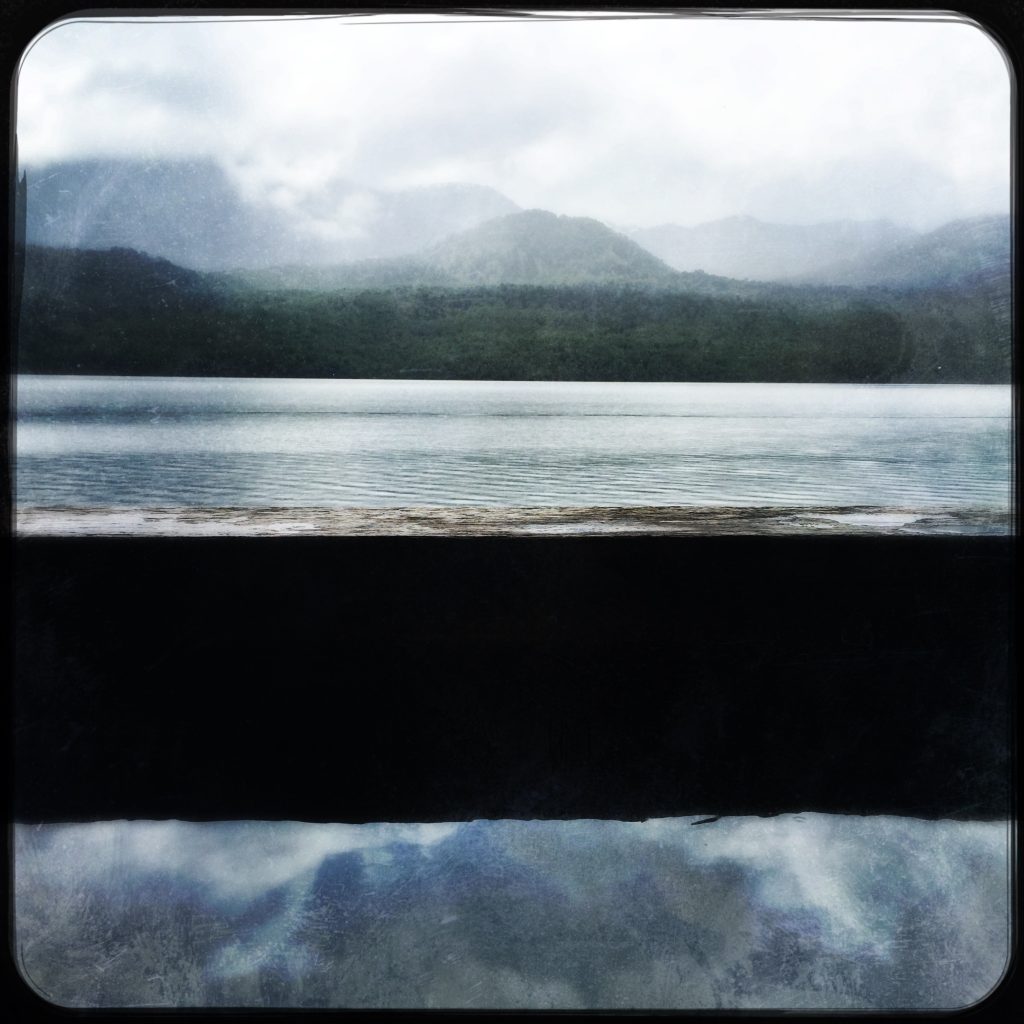
Welcome to our travel blog. Find out about us in the blog Hello World! https://atlasatlast.com/hello-world/
Gaaserud Family travel fieldnotes and impressions

Welcome to our travel blog. Find out about us in the blog Hello World! https://atlasatlast.com/hello-world/
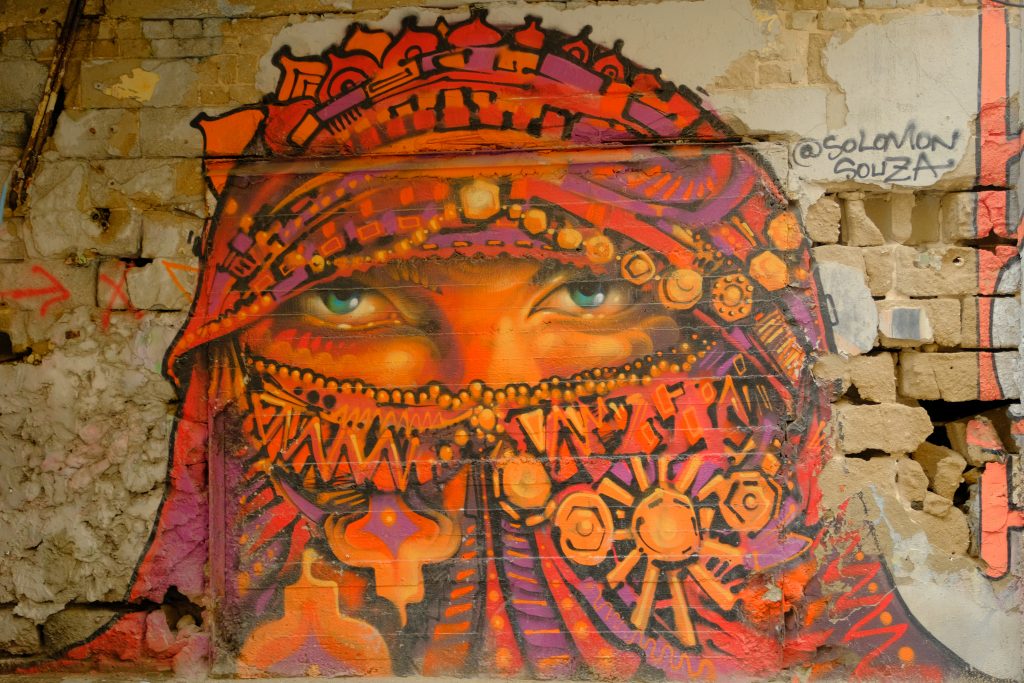
By Annelise
April 2020
The last ten days of our travels started with arrival in Tel Aviv to a nearly deserted international terminal one day before the country declared all future international travelers arriving would be required to maintain a 14-day quarantine. We planned to monitor ourselves for symptoms and see what we could see of this historical place that has a place in my history.
The next day we awoke in a comfortable studio apartment in the old Dalet neighborhood of Be’er Sheva near the Ben Gurion University. We commenced the usual 1st day routine of grocery shopping and trying to locate a local SIM card for my phone. The first task was pretty easy as I managed to my way to the same grocery store I used to go to 20 years ago in med school without google maps. The later proved more difficult because local prepaid SIM cards are considered pretty out-of-date in the tech advanced country. Be’er Sheva is unchanged and totally changed at the same time. The hideously uninspiring 1950s era stucco over cement block low-rises that stretch for blocks, with the derelict appearing water heaters on the roofs and pigeon dropping dripping down the outer walls, still line the entry to town and many of the main streets. The few cleaner esthetic Jerusalem stone apartment blocks that dotted the city decades ago have however multiplied in abundance giving the town a more updated feel and obscuring old landmarks just enough to leave me a bit disoriented. I was delighted to locate Glida Be’er Sheva which still has about 50 flavors of ice-cream, happily this time many were translated as my ability to read Hebrew has deteriorated severely. We paid a visit to MSIH and ran into Professor Glick riding up on his bike just as I recall first meeting him. He is completely unchanged even if he is now in his 80s and celebrating the addition of his 100th great grandchild to his family this year! My former Internal Med professor and research collaborator was at his desk as dean of curriculum. As we caught up, he mentioned how he had just recalled all the 4th years from their developing country rotations to get them back before the travel quarantine. I thought back to when our med school provided us with gas masks and instructions how to seal the bomb shelters in our apartments at the onset of the Iraq war and am grateful that this pandemic is less violent (though possibly will be more devastating in other ways)
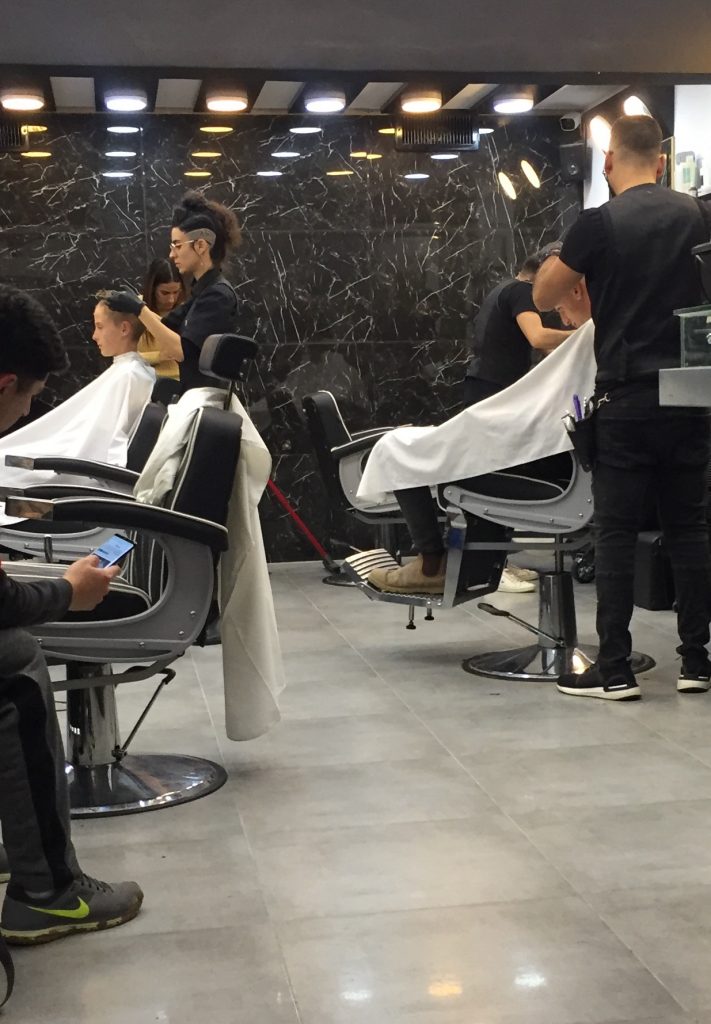
To check off an outing on Siri’s list, we made an early start to the Dead sea and drove through rolling green hills until Arad and the final winding descent into the arid Negev desert. I love the stark geography here and memories of moonlight hikes in the desert drinking tea of scavenged herbs surfaced to mind as I kept my eyes on the road. Arriving early on a spring day the sunny beach at the Dead Sea was deserted so we got to break the quiet with our own giggles as we floated high in the hypersaline water. We got a kick out of standing up chest high without touching the bottom and realizing we were unsinkable at 400m below sea level. Afterwards we masked out bodies in dead sea mud until our hides felt crinkly then used the sea salt to scrub ourselves clean. A memorable spa-day.
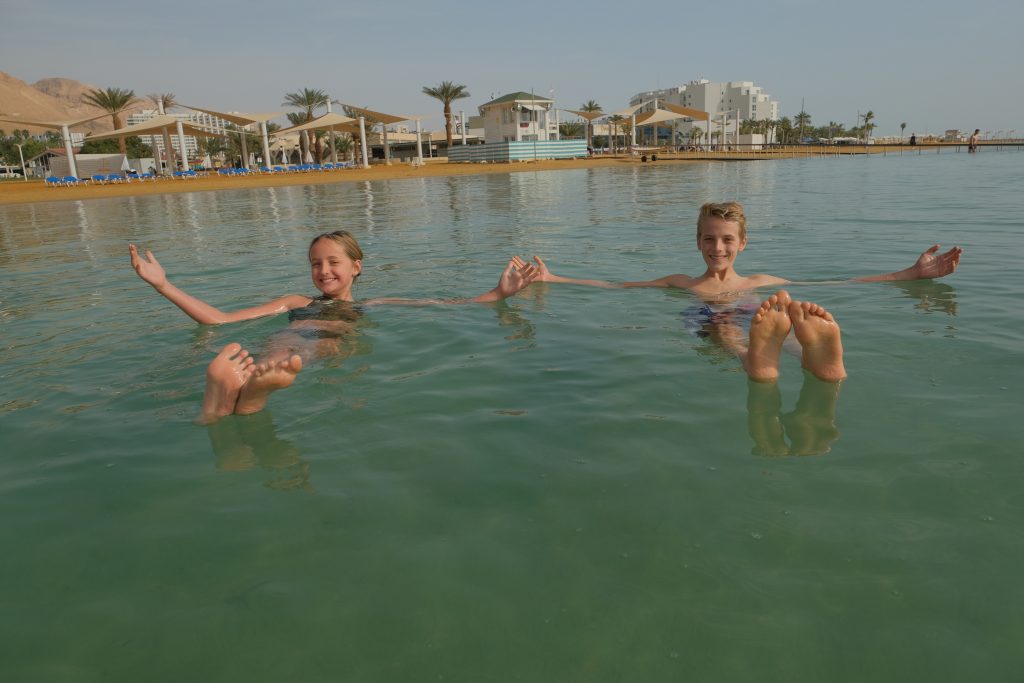
Along our way to Jerusalem we stopped at Beit Guvrin just as a light spring rain began to fall. This created a serene setting to walk the paths through poppies and wild tulips among ruins of the ancient town that dates to the Hasmonean Hellenistic period > 100 BCE. Spiraling stairs cut down into the white stone revealed elaborate dove cotes that attract rock doves to this day, the whir of their wings and coos echoing off the walls. The massive olive and wine presses, mill stones show how productive this agrarian town had once been. The hilltop town swelled to a city with a coliseum in Roman times and then back to a village over 2000 years through the Roman, Byzantine, early Islamic, Crusader, Ayyubid and Mamluk, finally Ottoman periods. The peacefulness of the place made our imaginations stretch to consider how busy life once was and at the same time appreciate that empires rise and fall – then nature takes over again.
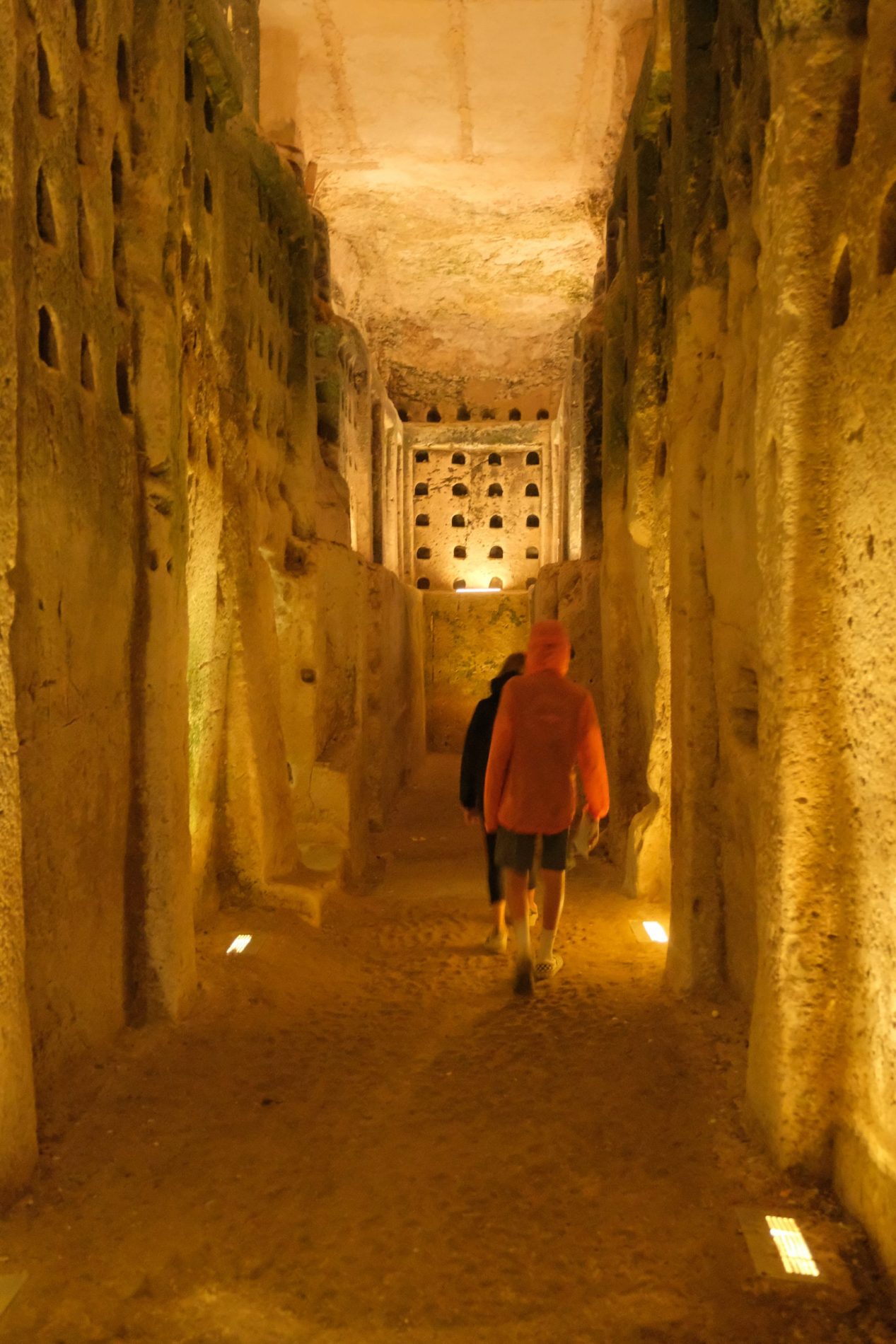
For our stay in Jerusalem we were glad to have a great location in the walking district off Yaffa street that leads directly to the Lion Gate of the Old city. We planned the weekend there as it would be interesting to see how those of Christian, Jewish and Islamic faiths prepare and share the sabbaths days in their holy city. Just before the weekend we chose to visit Yad Vashem and the Jewish Holocaust museum. It is an impressive place in every way, recounting and demonstrating the experience of the holocaust and events preceding from the Jewish perspective. Artifacts, photographs, media footage and video interviews lead you to empathize deeply with the near unfathomable cruelty, suffering and loss that occurred and witness how the world stood by. We felt and talked about our experience for days afterward while Jerusalem was quiet for Shabbat. We walked the ramparts alone in the sun and then dodged puddles along the Via De La Rosa in the rain until we wound our way to the Church of the Holy Sepulchre where pilgrims rubbed the stone on which it is believed Jesus’ body lay after being taken from the cross. Inside it feels like a crypt filled with chapels and sounds of chanted prayers from a processional. By the following day all museums and tours were closed across the country due to pandemic that was blatantly spreading across the globe. We visited the Western Wall and the Dome of the Rock, the streets of the old city and the souk were nearly still with only a few small shops open. As Shabbat came to a close the city did not really come back to life in the evening. It felt as if the shutdown had placed an extension on the rhythm of Shabbat. All remained quiet, and mostly closed.
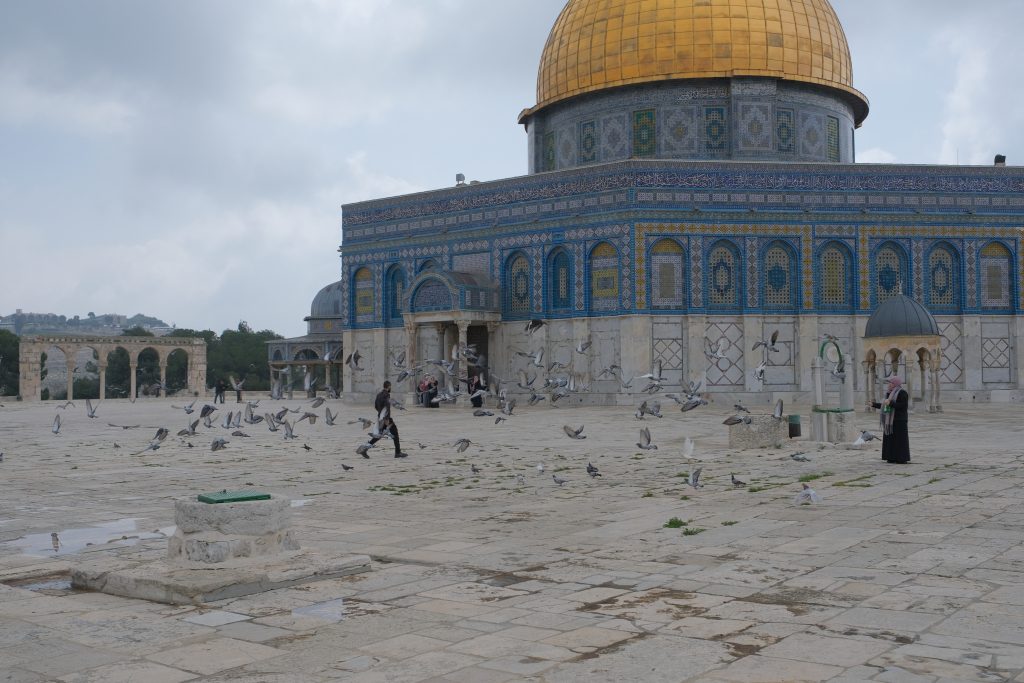
With borders closing ahead and behind us we understood further travel through Europe with the evolving Covid pandemic was not a possibility. I booked the last flight of our trip, Tel Aviv to San Francisco 15 hours Direct. Daily life had nearly ground to a halt. We left Jerusalem via Nazareth and Haifa to spend the last few days in Tel Aviv. The famous vibe and bustle was absent, and the beach speckled only with a few walkers, joggers kite surfers for the most part. A windy waterfront walk to the beautiful old town of Jaffo ended in drizzle without a cozy café or shop to tuck into, so we returned to our comfortable hotel room and prepared the final day of our travels. In the end we had one more hurdle to cross; when we packed into the rental car to drive back to the airport and the engine would not start. Not a fun time to be told a mechanic would come in 1-4 hours. With our nails a bit shorter we arrived at our terminal with plenty of time, even infamous airport security seemed to have gone on hiatus. The packed flight arrived early at SFO so we waited on-board until customs opened, then breezed through, grabbed our waiting bags and headed to the curb for our ride to my hometown where we would quarantine for 14 days at least.

I had previously been worried about the challenge of returning the US pace of our life when our travels would end. I have to say the quiet from the stay-home-stay-safe order has forced a slow transition for which I am grateful. I know this pandemic and the stay home orders are leading to serious struggle for so many around the world, especially those who already struggle more than their share. As the pandemic sheds a harsh light on the inequities and failures of our societies, I pray that this forced pause allows for a sort of reset in the way our world and national governance considers priorities to support the health and well-being of all people and the singular globe we live on. As we had just seen, empires rise and fall, societies can change and adapt, edifices even built of stone succumb to nature. I am still filtering through how these past seven months traveling together through different cultures and landscapes affected me and our family. For now, each day I walk out into this green world with gratitude and reflect on how I want to live my one wild and precious life in this world.
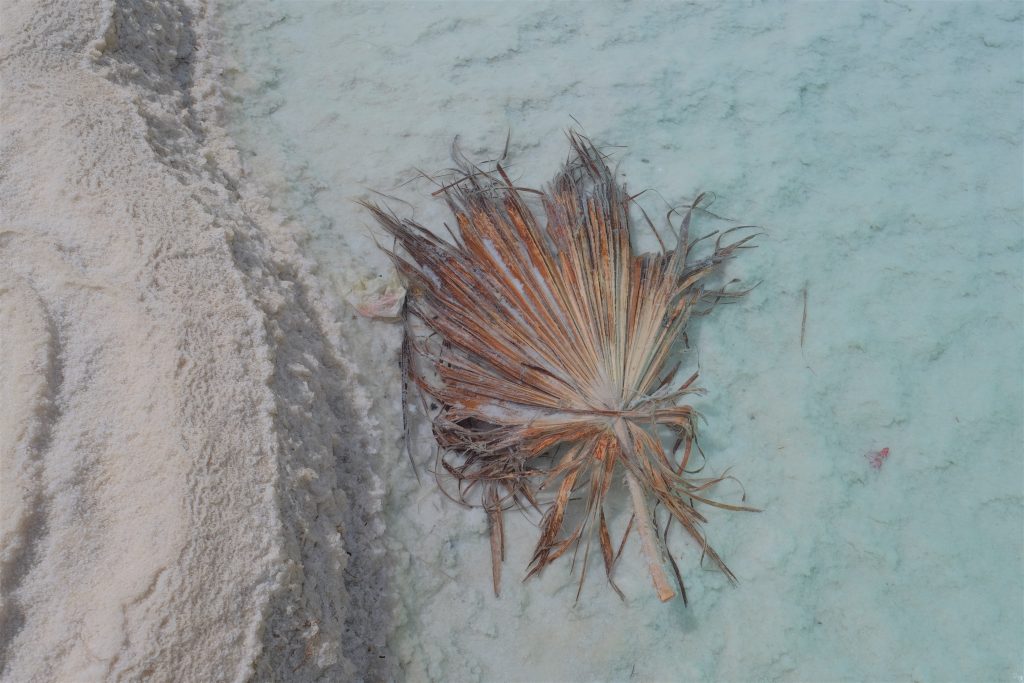
March 2019
February 2019

March 7 2020
By Annelise
The different regions of Ethiopia create a colorful cultural identity just like the spice mixes in the tasty dishes. “What is this spice I taste”? “Oh it is really ten different spices and peppers finely ground”. My favorite Ethiopian plant is not a spice though. I am forever indebted to Ethiopia for discovering the most holy purpose of the coffee bean. Here coffee ceremonies are important to honor connections between friends and community, not just for the magical caffeine to keep you alert though infamous traffic that seems to warp time.
I was asked this weekend by a fellow traveler on our historic tour of the North of Ethiopia if I was aware of Ethiopian time. “You know they do not begin counting the hours from midnight till 6 am while people are sleeping as morning; at 6 am they call it 1 o’clock.” If you are going to the airport at 10 o’clock you will be told to be ready by 4. This is not really official with regard to the world clock but it is the way time runs here. Even so, you may miss your flight because the plane may decide to take off down the runway 30 minutes early.
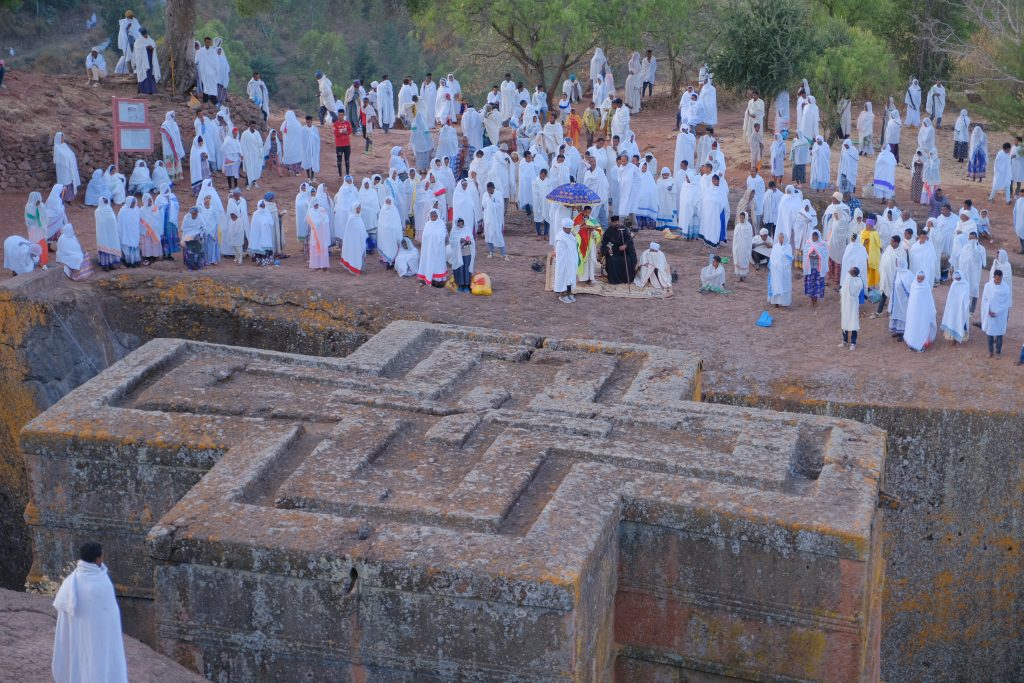
The one reliable time-keeper appears to my the Imam calling followers to prayer in the early hour before dawn. Religion and history are tied close together here. Our tour of the north took us to Axum, then Lalibella, then Gonder and back to Addis following the successive seats of power since 1000 BCE in present day Ethiopia. Aside from the swarms of tuk tuks and gangs of Toyota Hilux and tourist vans, the towns of Axum and Lalibella feel like a step back to biblical time. Children herding goats and sheep in the hills and taking them to market. Donkeys balancing heavy loads and simple horse drawn carts weave through the cobble streets. Men, women and children in gauzy white shawls stream to and from Church. The hills are dotted with stick and clay houses with corrugated tin or straw roofs, mounds of golden hay reveal who owns oxen or donkeys. The hills are very dry this time of year, parched cut stalks of harvested grain hold the soil in the terraces until the rains come back. Goats examine thistles for tender leaves, the sun drives most creatures to shade by late morning. It was not hard to imagine Queen Sheba arriving back to Axum from visiting King Solomon in Jerusalem, Warrior Queen Judith laying waste to Axum and the Christian countryside, the Zagwe King Lalibella returning from Petra and Jerusalem to commission the rock hewn churches as an alternative pilgrimage site when Jerusalem was under Byzantine control.
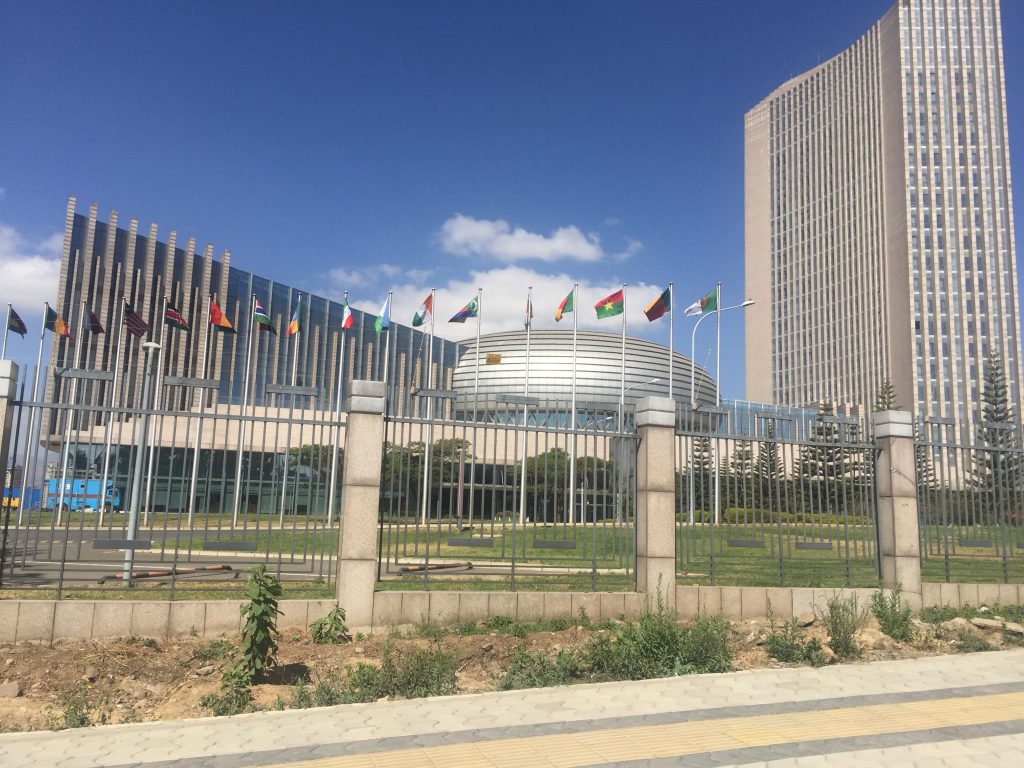
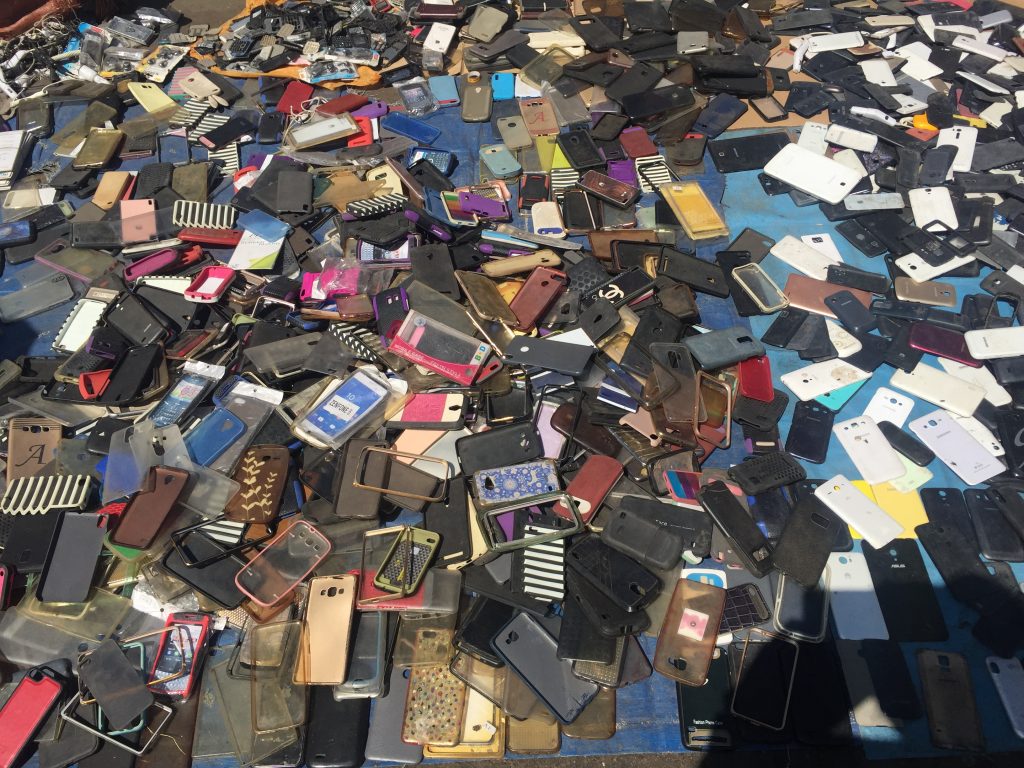
Despite the fact that Ethiopia appears to be in the cradle of Homo Sapien development and Ethiopia’s strategic position on the continent of Africa, it has not advanced as much as it could have. When Gonder was finally chosen by King Fasilides for his kingdom seat in 1615, he built a castle that was no rival to Versailles. Even as Addis Ababa has been home to the African Union for decades, it is straining to develop enough to give many Ethiopians an opportunity to meaningfully improve their well-being. A new 42-story bank building overseas cattle being herded through major roundabouts and children and elderly begging at intersections. The currency has lost half its value in the past ten years and it is difficult for families to afford bread at 30 cents a loaf when the daily family income is the equivalent of $2-3. You can hear the frustration in the voice of the college educated van driver, or the Canadian surgical team that had to end their trip early due to lack of necessary supplies at the capitol’s main hospital, or the sobering report at Hamlin Fistula Hospital that there are nearly 10,000 Ethiopian women a year afflicted by this preventable condition. Everywhere you meet bright, creative, skilled and entrepreneurial people and the potential for this country to rise is immense. It seems that here, still, time is too slow; it is taking too long.

Feb 29 2020
By Siri
In Uganda we went to Murchison Falls National Park for Safari, we went on a walk in the rhino sanctuary and on some games drives when I got to ride standing up through the sun-roof like a giraffe. We learned some amazing animal facts, here are just a few.
Hippopotamus are the 3rd largest land mammal on earth and their closest relatives are whales and dolphins. A group is called a pod or a bloat that spends most of the day in water and graze in the cool hours. Hippos are good swimmers and can stay under water for 6 min
Southern White Rhinos have a wide (not white) mouth; it is not white but grey. A Rhino group is called a crash and can run up to 28 mph crashing through the grassland. They are the second largest land mammal and eat 120 pounds of grass a day. Northern white Rhinos are now extinct due to poaching. In 1895 southern white rhinos were thought extinct but they found 100 in south Africa and after over a hundred years of protection and management, like at Ziwa sanctuary we visited, they are making a comeback.
Nile Crocodile group is called a bask. A croc can stay under water for 45 minutes and pull prey down to drown them. Nile crocs can grow as long in length as a giraffe is tall – 20 feet
Rothschild Giraffes group is called a tower. Males have darker coloring pattern than females. Male Giraffes grow to 19 feet and 8 inches tall and can run up to 37 mph
Baboon group is troop they are the largest monkeys. When a female is ready to mate her bottom becomes red and swollen as give a sign to the males, they can run up to 28 mph
Lion groups are called prides. Lionesses do most of the hunting because they are faster, running up to 50 mph. Their eyes have round pupils (not like house cats) that let in more light for night hunting. A males lion roar can be heard 5 miles away
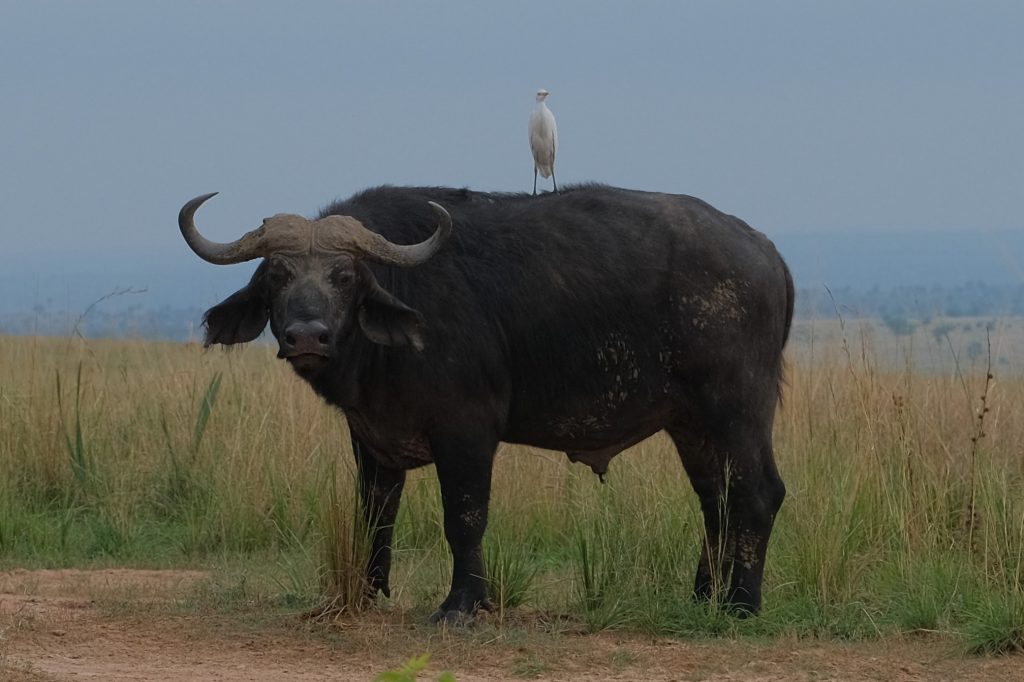
Water buffalo groups are called gangs or an obstinacy. Water buffalo are plants eaters. They bathe in mud for sunscreen and insect repellent and have special hooves, so they do not sink in. Egrets ride on their backs eating the ticks and bugs on their bodies
Elephant groups are called a herd or a memory. Elephants have the longest memory of animals; they will visit family graves sites they can recognize friends and enemies from long ago. Elephants can make many sounds; their low rumble can be heard for 6 miles and the “listening” elephants hear the sound with their sensitive fatty feet.
Wart hogs don’t need that much water, and graze but can be omnivorous so they are more resistant to climate changes. Matriarchal groups are called sounders. Their tusks are large canine teeth used for defense and they can run up to 31 mph.
Colobus monkies are arboreal, living in the forest canopy where they can eat foliage toxic to other animals. They use branches as trampolines, bouncing up and down to get lift off for leaps up to 50 feet! Their tail is almost as long as its body which helps with balance. Gestation takes 5 months in the womb and babies are completely white when born and slowly get black color.
Hartebeest can reach up to 43 miles an hour. They are very forgetful and even forget that they are chased by a predator and may stop to graze – which is good for the predator.
Grey Crested cranes are Uganda’s national bird and they like to hide with cattle so predators can’t spot them easily. They roost in trees and both parents help build the nest and raise their chick which can run as soon as they hatch.
We saw many other birds and animals and hope to safari again to see and learn about even more.
February 2020
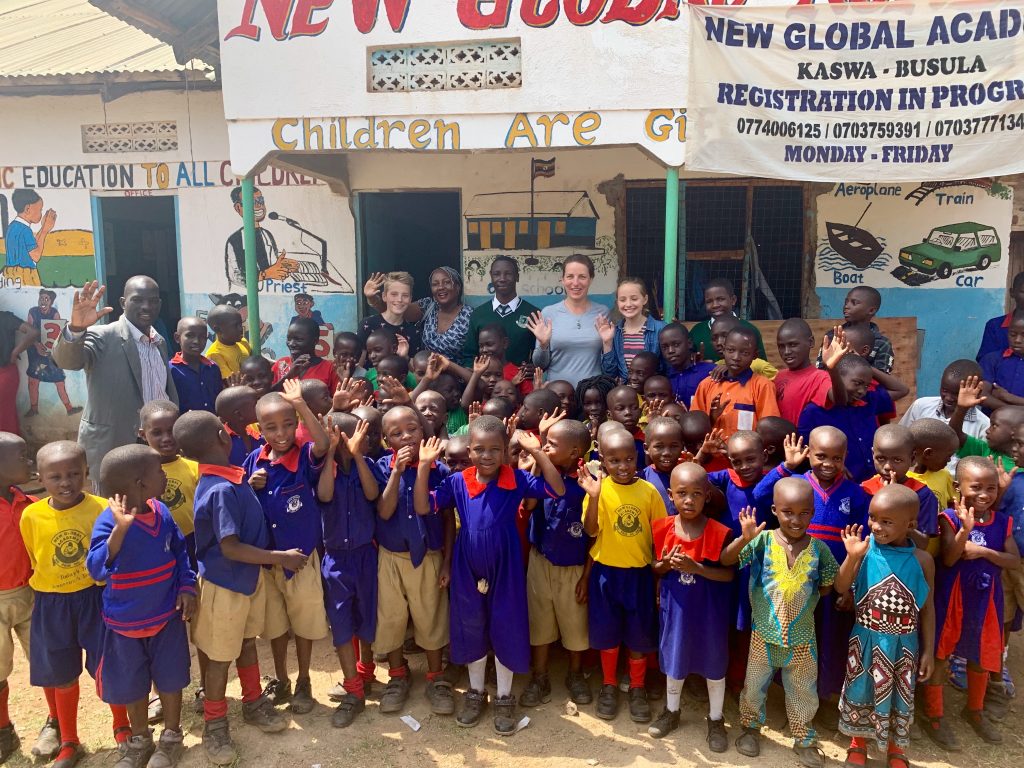
Feb 15 2020
By Haakon
One week later I can tell you how the idea of our soap project took shape and turned into a community commitment
First, we thought about what type of soap, and settled on liquid soap because the latrines and sinks are outdoors so that bar soap would turn to mush in the rain. With the help of the the local Rotary Interactor youth group coordinator connected us with Denis (a commercial soap maker) who gave us a procedure for liquid soap. Our Kampala Rotary contact was able the obtain the ingredients and bring them to the village. Denis then came out to Nsawo and taught the three of us how to make liquid soap. After learning the procedure, we brought our first batch (a 20L jerry can) to the clinic and taught the staff how to make it. Two days later we went to the local high school where we taught the chemistry teacher and 100 chemistry students how to make it along with what chemical reactions where happening while making it.
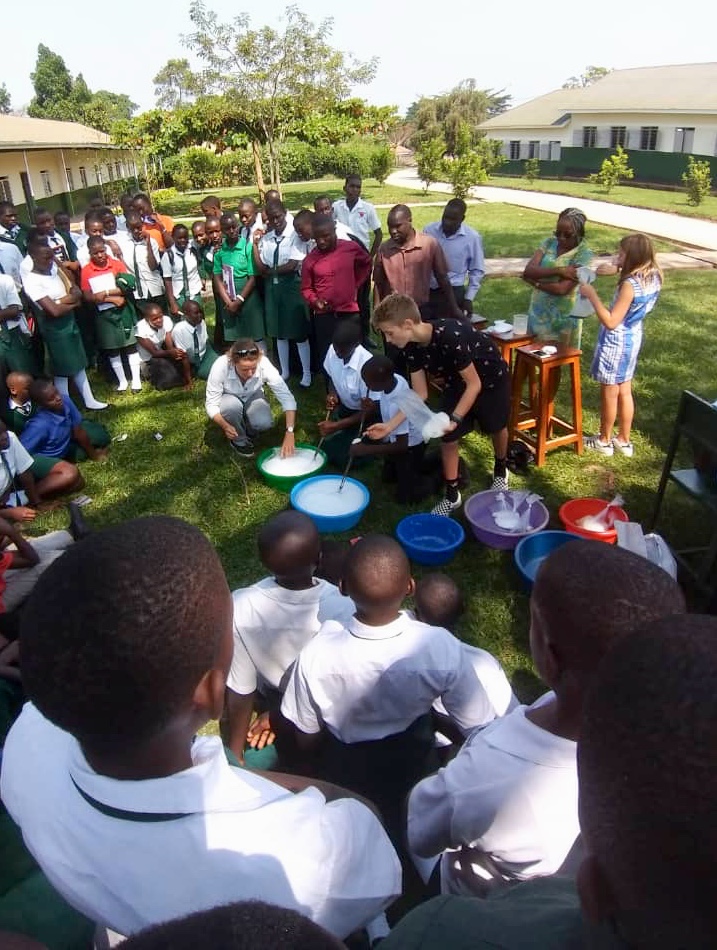
The next day, on valentine’s day, together with two of the Rotary Interactor students in the chemistry class we had taught, we went to one of the three primary schools (ages 3-12) to deliver the soap and show why it was important. At first the youngest students were running around while yelling “masungo” (the name for white people here) and not giving us the slightest chance to talk but that changed when we pulled out a box of chocolates and handed them a valentine. Once all the kids were quiet and contently sucking on their chocolate, we got on top the concrete stoop in front of the school and put on our How-germs-spread skit. First my mom acted like she had gone to the bathroom and had gotten germs on her hands (a squirt of peanut butter) but wait there was no soap or water to wash her hands so she walked back to class. She then asked the teacher (one of the high school students) for an orange the teacher said yes, so my mom took an orange and got her germs on it before asking me to help her peel it. When I peeled it, I got the “germs”; then my mom borrowed someone’s pen; then took a sip of somebody’s tea; then played a hand game with my sister, Siri; then I went to the hand pump and got the germ I had picked up from her on the handle of the pump. Soon all of us had the germs (peanut butter) all over our hands and the kids seemed to get the point and laughed too. After the skit we explained the importance of good hand hygiene to the kids and the local high schoolers told the kids about making the soap and their commitment to continue to make and supply the school with soap. We also shared procedures for making bar soap by creating lie from ash, which all households have from their cooking fires. Then all the villagers need to do is add rainwater and fat/oil. The Chemistry class is going to work out the proportions
We completed everything we wanted to and now all that’s left to do is generate adequate funding to keep soap supplies going to Nsawo. So, I made a GoFundMe page with a goal of $250 (enough money to keep soap going to Nsawo’s three primary schools for a year). It would be greatly appreciated by us and everybody in Nsawo if you would donate.
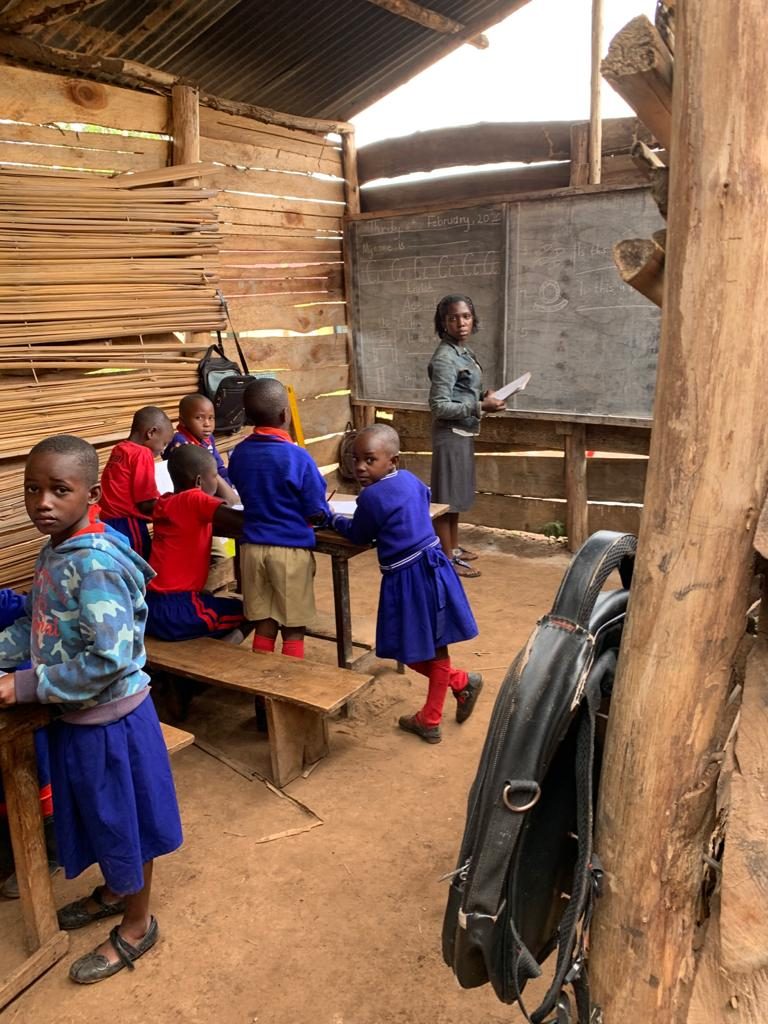
Febuary 8 2019
By Haakon
I have been in Uganda since the 1st, so far four days in Kampala, and since then we have been in Nasawo. This is a village where people make a living farming. There are banana and coffee tree fields, people raise chickens and pigs, they grow their own vegetables mostly. The primary schools do not have electricity, nor glass windows. There is one pit latrine for all the students to use and there is a sink to wash hands, but I did not see soap. Dysentery is one of the highest causes of death for small children, good hand hygiene helps to prevent its spread, so soap is very important. I also noticed the clinic had no soap to wash your hands in the bathrooms. It’s sad to think about, say a woman goes to the bathroom, now her hands are dirty from the bathroom; she then puts her hands on the bed where she is recovering after delivery and caring for her new baby. Now with bathroom germs getting on surfaces, it’s not sanitary for anyone. It makes me wonder if childbirth and check-ups could be made safer if there was just some soap in the bathroom?
So, my mom and I started brain storming ideas that Siri and I could begin to help this problem during the next two weeks, or at least get some system laid down to solve this problem over time. We decided we want to learn how to make soap, then teach a trusted adult figure in the village how to make it safely for example the clinic lab tech or teachers at the Secondary School. Also teachers and the nurse can teach about the benefits of hand hygiene. However, there are a couple draw backs. One, we have to find where we can buy the chemical ingredients for the soap. Two, we need to figure out who can make the soap and how they can learn to make the soap. We are thinking of going to the local high school and asking if they would be willing to teach how to make soap in chemistry class because making soap is a great science project, you have to mix the chemical ingredients correctly otherwise its not safe and it doesn’t turn out just like many other chemistry experiments. The last big drawback is if we want to make solid soap it takes around a month to cure, so we may learn to make liquid soap instead.
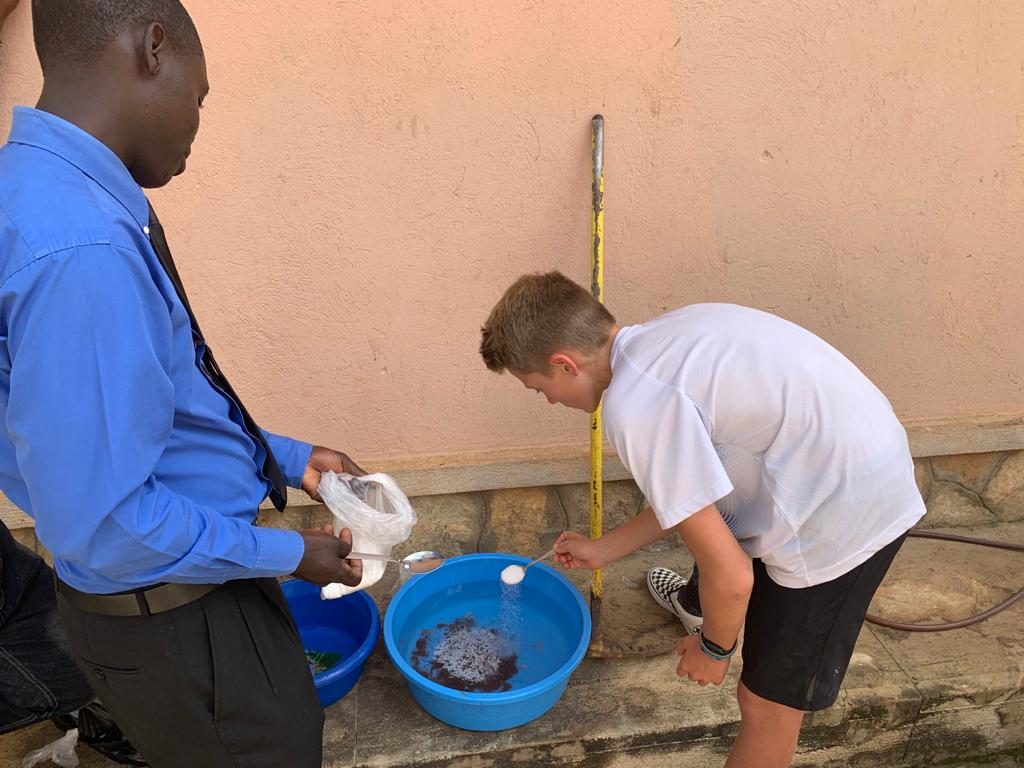
I also want to start making hand soap when I get to Seattle and all of the proceeds could go to getting new schools books that will excel the children’s learning. There are many very dedicated teachers in these small villages, but they do not have adequate learning supplies so they can only teach the kids so much. Children are taught in English which is their second language. For example, 9-year old’s are learning how to break up the words (like banana into ba-na-na) which we learned in kindergarten.
I feel most of the kids, if not all of the local kids here have an incredible struggle to make a better future for themselves with what they have. I’m not trying to say they can’t but the resources and lack of funding here is extraordinary. Private school fees are expensive for people here. Even if the parents send their child to a government funded school, it isn’t always worth it because the kids could be better help at home; especially on the days the teacher doesn’t show up. Their wages are so low that if its planting or harvest time, the teachers might stay home and work in their garden instead of go to work.
This is the project I will be working on for the next two weeks along with getting to know the locals, playing, and working with them. I will hopefully find a way to make the soaps with the help of my mom, Siri, and Deborah (a local family friend), feel free to ask any questions or give suggestions. I’ll let you know how it goes.
January 2020
December 2019